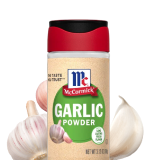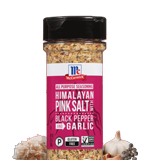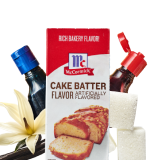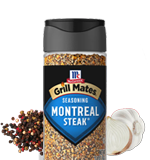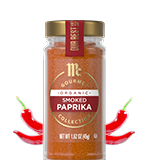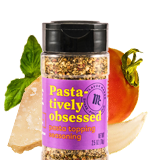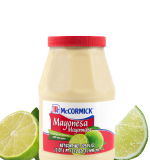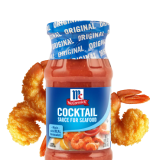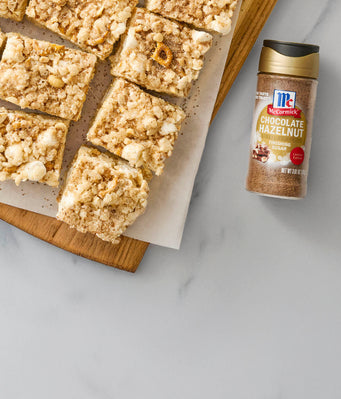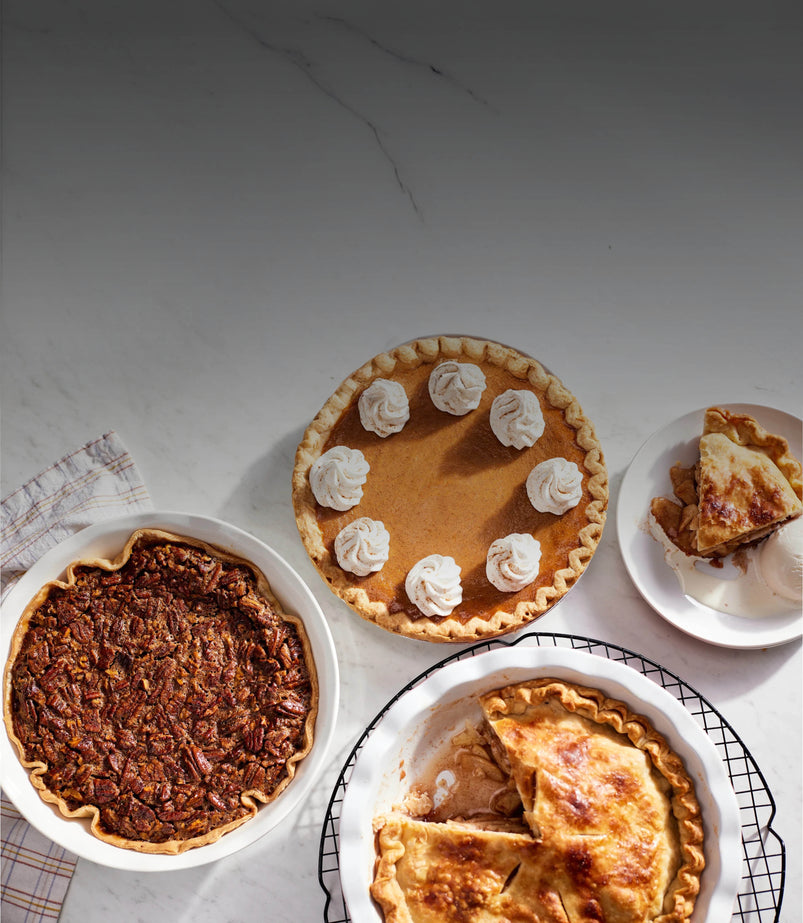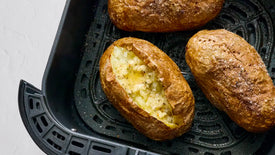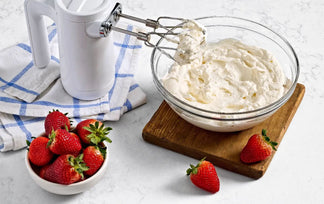
Here's the Secret to Amazing Smoked Brisket

By: Brier Barclay
September 03, 2025
Instructions
Smoked brisket is an American tradition. Low and slow-cooked beef fresh from the smoker is a joyful thing sliced and served on a bun. Who can resist that smoky flavor and blackened 'bark' exterior?
Brisket is a tough cut of meat, but that makes it ideal for slow cooking or smoking. Long cooking over lower heat breaks down the connective tissues and tenderizes the meat. That gives fat the time it needs to slowly melt through the brisket and infuse it with moisture and flavor. Smoking the brisket also infuses it with even more layers of flavor from the wood chips or charcoal.
This suitability for long cooking times, combined with its size, makes brisket a perfect cooking option for a backyard crowd. Read on to learn how to smoke a brisket, and for our own smoked brisket recipe.
Understanding Brisket Cuts
Brisket comes in two main cuts: the flat cut and the point cut. Although the flat cut (also known as the first cut), is a favorite when making corned beef and pastrami. It has a thin layer of fat on the top, known as the fat cap. However, it's leaner with a uniform thickness. That makes it great for slicing.
The point cut is also known as the second cut. It's more marbled with fat, which makes it juicier and gives it more flavor. That makes it good for shredding or for barbecue chopped brisket.
While either of these cuts is fine for smoking purposes, the best path is to choose a whole packer brisket, which includes both the flat and point cuts. Look for one with good marbling, a uniform thickness, and a flexible feel. Select-grade brisket will be adequate with a little care, but a choice-grade cut is better. The ultimate cut — prime — will give you better marbling and a more delicious result. Aim for a weight between 10-14 pounds for even cooking.
Essential Tools for Smoking Brisket
Start with the smoker itself. You have several options here. Electric smokers are easy to use with precise temperature control, meaning minimal monitoring requirements and consistent results that make them great for beginners. However, you lose a lot of the smoky flavor that makes you want to smoke your meat in the first place when compared to a wood or charcoal smoker. The latter gives you a smokier flavor, but it comes with a trade-off: you'll need more skill and attention to use them, as they're not a fire-and-forget solution. Wood smokers in particular need more attention than charcoal ones.
Let's not forget some of the other key accessories for effective brisket. A good thermometer (possibly built into the smoker) is essential, along with gloves, sturdy tongs, and sharp carving knives.
How to Smoke a Brisket
There are several steps to prepare and smoke your brisket:
Trim it Get rid of the hard fat deposits on the brisket, leaving just a little fat to melt in and keep it moist.
Rub it Rub your brisket with a selection of seasonings to give it more flavor. Some people like to add olive oil to the meat before seasoning to moisten it, but whether to use a dry or web rub is a matter of personal preference. Our Smoked Brisket recipe uses dry seasonings including paprika, ground mustard, and cayenne to give the meat a delicious dry heat. The important thing is to go large, both in flavor and in volume. Slather that meat in rub. Future-you will be grateful.
Smoke it
When deciding how long to smoke a brisket, low and slow is the name of the game. 225°F is a good standard, and you'll want around 90 minutes per pound of smoking time. With a big chunk of meat like a brisket, that means starting early in the day.
A few hours into the smoking time, you'll often hit the 'stall', which is where the internal temperature stops rising. That's down to evaporation of moisture from the surface, which slows the cooking process. This hiatus can last hours, but you can overcome it using the 'Texas Crutch'. This involves wrapping the brisket in butcher paper or foil once the internal temperature reaches around 160°F, to help trap the moisture and increase the internal temperature more efficiently. Our recipe recommends increasing the cooking temperature at this point to help the cooking process.
Rest it
Once your brisket's internal temperature hits around 205°F, it's ready to remove from the heat. Let it stand for 30-60 minutes to relax the meat and then slice it.
The best way to serve a smoked brisket is straight off the smoker in slices, but you can get more creative if you like. Our BBQ Brisket Pie is a fabulous way to use leftover smoked brisket the next day.
Brisket is a reliable, flavorful meat for smoking that will serve plenty of guests at your backyard get-togethers. What better way to celebrate the summer?
More brisket recipes
Hungry for more brisket ideas? Here are a few.

